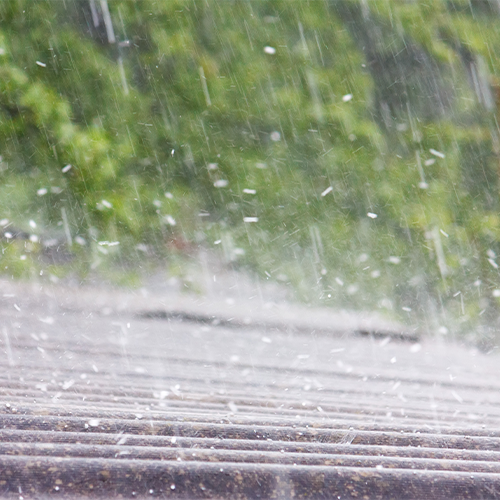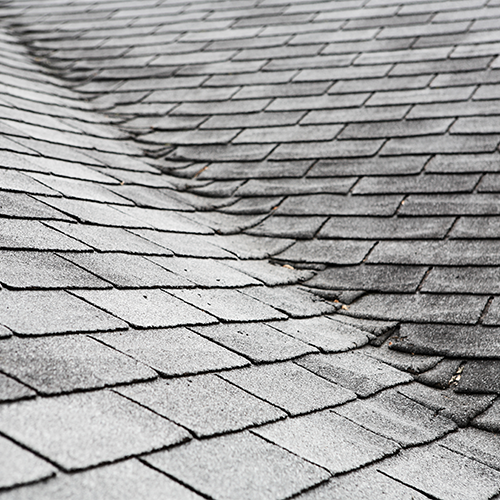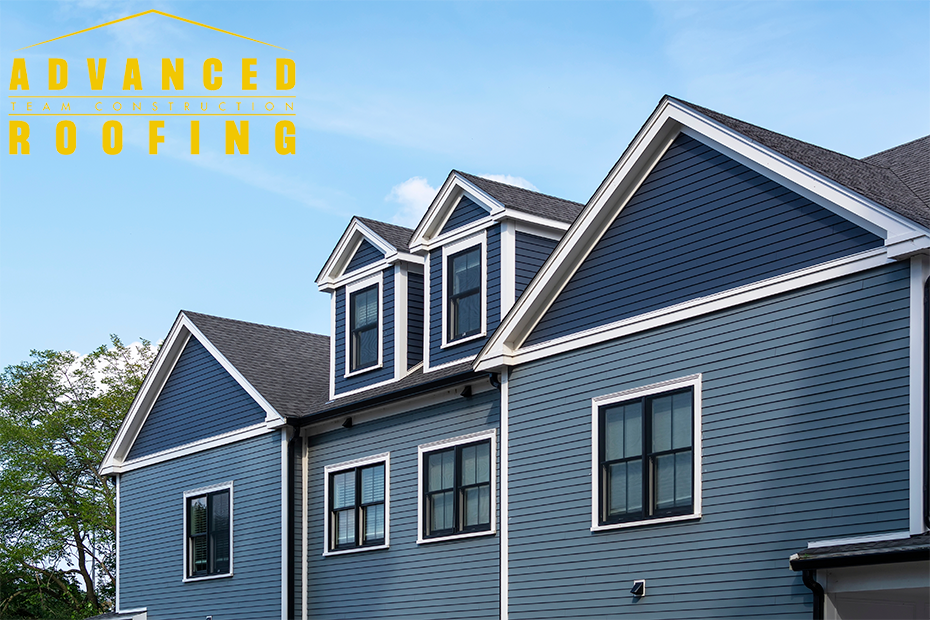Hailstorms have long been recognized as one of the most damaging weather events, capable of wreaking havoc on rooftops, vehicles, and property. However, as climate change drives an increase in the frequency and severity of hailstorms, the insurance industry is facing new challenges. This shift is influencing how insurance providers assess risk, structure policies, and determine coverage options for homeowners.
The changing patterns in weather have real-world consequences for homeowners, especially when it comes to hail damage. Here’s a closer look at how climate change is reshaping hail damage insurance policies and what it means for you.
Hailstorms have long been recognized as one of the most damaging weather events, capable of wreaking havoc on rooftops, vehicles, and property. However, as climate change drives an increase in the frequency and severity of hailstorms, the insurance industry is facing new challenges. This shift is influencing how insurance providers assess risk, structure policies, and determine coverage options for homeowners.
The changing patterns in weather have real-world consequences for homeowners, especially when it comes to hail damage. Here’s a closer look at how climate change is reshaping hail damage insurance policies and what it means for you.

Rising Hailstorm Frequency and Intensity
Data from the National Oceanic and Atmospheric Administration (NOAA) reveals a steady rise in extreme weather events attributed to climate change. Among these, hailstorms have become increasingly unpredictable in their occurrence and intensity. With larger hailstones and longer storm durations becoming commonplace, the financial impact of hail damage has surged significantly.
A single hailstorm in 2022, for instance, caused an estimated $2 billion in property damage in the United States. Such events are no longer isolated; they are becoming regular occurrences in parts of the country such as Texas, Colorado, and Oklahoma, commonly referred to as “Hail Alley.” These patterns place immense pressure on insurance companies to adjust their policies to remain financially sustainable.
Rising Hailstorm Frequency and Intensity
Data from the National Oceanic and Atmospheric Administration (NOAA) reveals a steady rise in extreme weather events attributed to climate change. Among these, hailstorms have become increasingly unpredictable in their occurrence and intensity. With larger hailstones and longer storm durations becoming commonplace, the financial impact of hail damage has surged significantly.
A single hailstorm in 2022, for instance, caused an estimated $2 billion in property damage in the United States. Such events are no longer isolated; they are becoming regular occurrences in parts of the country such as Texas, Colorado, and Oklahoma, commonly referred to as “Hail Alley.” These patterns place immense pressure on insurance companies to adjust their policies to remain financially sustainable.
How Insurance Policies Are Changing
To mitigate the rising costs associated with hail damage, insurers are revising their approach to coverage. Here are some of the key ways hail damage insurance policies are evolving:
Rising Hailstorm Frequency and Intensity
How Insurance Policies Are Changing
1. Higher Deductibles for Wind and Hail Damage
Some insurance providers have introduced separate deductibles specifically for wind and hail damage. Unlike the traditional flat-rate deductible, these percentages are often calculated based on the insured value of your property. For example, if your home is insured for $400,000 and your wind and hail deductible is 2%, you would need to pay $8,000 out of pocket before your insurance kicks in.
1. Higher Deductibles for Wind and Hail Damage
Some insurance providers have introduced separate deductibles specifically for wind and hail damage. Unlike the traditional flat-rate deductible, these percentages are often calculated based on the insured value of your property. For example, if your home is insured for $400,000 and your wind and hail deductible is 2%, you would need to pay $8,000 out of pocket before your insurance kicks in.
2. Premium Rate Adjustments
Regions prone to frequent hailstorms are seeing higher premium rates. Insurers use sophisticated risk models to predict weather patterns, and areas with a history of hail damage or increasing storm activity are deemed higher risk. Unfortunately, this often means homeowners in such regions face steeper insurance costs.
2. Premium Rate Adjustments
Regions prone to frequent hailstorms are seeing higher premium rates. Insurers use sophisticated risk models to predict weather patterns, and areas with a history of hail damage or increasing storm activity are deemed higher risk. Unfortunately, this often means homeowners in such regions face steeper insurance costs.
3. Material-Based Policies
Some insurers now offer incentives or even mandate certain types of roofing materials for coverage. Impact-resistant roofing materials, like Class 4 shingles, are designed to withstand harsher weather conditions, reducing the likelihood of extensive damage. By requiring these materials, insurers aim to minimize claims while ensuring homeowners have better protection.
3. Material-Based Policies
Some insurers now offer incentives or even mandate certain types of roofing materials for coverage. Impact-resistant roofing materials, like Class 4 shingles, are designed to withstand harsher weather conditions, reducing the likelihood of extensive damage. By requiring these materials, insurers aim to minimize claims while ensuring homeowners have better protection.
4. Coverage Limitations
Several policies are implementing stricter limitations on cosmetic damage to make coverage more sustainable. For example, dings on a metal roof caused solely by hail might not qualify for a full replacement claim under some policies unless the damage compromises the structural integrity.
4. Coverage Limitations
Several policies are implementing stricter limitations on cosmetic damage to make coverage more sustainable. For example, dings on a metal roof caused solely by hail might not qualify for a full replacement claim under some policies unless the damage compromises the structural integrity.
5. Optional Add-Ons for Hail Protection
Given the rising risks, many policies now offer hail-specific add-ons. These allow homeowners to expand their standard policy for more comprehensive hail damage coverage. While optional, these add-ons can be invaluable, especially in areas frequently affected by hailstorms.
5. Optional Add-Ons for Hail Protection
Given the rising risks, many policies now offer hail-specific add-ons. These allow homeowners to expand their standard policy for more comprehensive hail damage coverage. While optional, these add-ons can be invaluable, especially in areas frequently affected by hailstorms.

Case Study Example
Comparing Policies in Hail-Prone Regions
Consider two homeowners, both living in “Hail Alley.”
- Homeowner A has a traditional insurance policy with no wind and hail deductible. After a storm, their flat deductible of $1,000 allows them to fully repair their roof without considerable out-of-pocket costs. However, as their annual premiums rise to account for growing risks, affordability becomes a concern.
- Homeowner B opts for a policy with a higher, hail-specific deductible but upgrades to impact-resistant roofing materials through an incentive provided by their insurer. While their deductible percentage is higher, their annual premiums remain lower, making their approach more cost-effective over several years.
Such examples highlight the importance of comparing policy options tailored to your region and unique needs.
Case Study Example
Comparing Policies in Hail-Prone Regions
Consider two homeowners, both living in “Hail Alley.”
- Homeowner A has a traditional insurance policy with no wind and hail deductible. After a storm, their flat deductible of $1,000 allows them to fully repair their roof without considerable out-of-pocket costs. However, as their annual premiums rise to account for growing risks, affordability becomes a concern.
- Homeowner B opts for a policy with a higher, hail-specific deductible but upgrades to impact-resistant roofing materials through an incentive provided by their insurer. While their deductible percentage is higher, their annual premiums remain lower, making their approach more cost-effective over several years.
Such examples highlight the importance of comparing policy options tailored to your region and unique needs.
The Role of Climate Change in Shaping the Future
With climate change expected to further exacerbate weather extremes, hail damage insurance will likely continue to evolve. Homeowners can expect to see even greater emphasis on proactive risk management, material innovations, and tailored insurance solutions in response to a world of changing hazards. Insurers may also adopt advanced AI-driven models to evaluate risk more accurately, leading to even more nuanced policy adjustments.
The Role of Climate Change in Shaping the Future
With climate change expected to further exacerbate weather extremes, hail damage insurance will likely continue to evolve. Homeowners can expect to see even greater emphasis on proactive risk management, material innovations, and tailored insurance solutions in response to a world of changing hazards. Insurers may also adopt advanced AI-driven models to evaluate risk more accurately, leading to even more nuanced policy adjustments.
How to Protect Yourself
Here are some practical steps homeowners can take to protect themselves from hail damage and ensure they have the right coverage in place:
- Review Your Policy: Know what your current insurance policy covers, including any exclusions for cosmetic damage or restrictions on claims.
- Understand Your Deductible: Make sure you’re aware of your wind and hail deductible percentage and how it impacts your out-of-pocket costs during claims.
- Invest in Preventive Measures: Upgrade to impact-resistant materials or install protective awnings to reduce potential damage.
- Consult with an Expert: Work with your insurance agent to explore add-ons or tailored policies better suited to your circumstances.
How to Protect Yourself
Here are some practical steps homeowners can take to protect themselves from hail damage and ensure they have the right coverage in place:
- Review Your Policy: Know what your current insurance policy covers, including any exclusions for cosmetic damage or restrictions on claims.
- Understand Your Deductible: Make sure you’re aware of your wind and hail deductible percentage and how it impacts your out-of-pocket costs during claims.
- Invest in Preventive Measures: Upgrade to impact-resistant materials or install protective awnings to reduce potential damage.
- Consult with an Expert: Work with your insurance agent to explore add-ons or tailored policies better suited to your circumstances.

Final Thoughts
Climate change is leaving its mark on the insurance industry, with hail damage policies undergoing significant transformations to accommodate rising risks. For homeowners, staying informed and prepared is paramount to protect both your property and your finances. By understanding the evolving landscape of hail damage insurance, you can make smart decisions that safeguard your home against the unexpected.
Looking for expert advice to evaluate your hail damage coverage? Contact your local insurance agent or get in touch with us today for personalized guidance.
Final Thoughts
Climate change is leaving its mark on the insurance industry, with hail damage policies undergoing significant transformations to accommodate rising risks. For homeowners, staying informed and prepared is paramount to protect both your property and your finances. By understanding the evolving landscape of hail damage insurance, you can make smart decisions that safeguard your home against the unexpected.
Looking for expert advice to evaluate your hail damage coverage? Contact your local insurance agent or get in touch with us today for personalized guidance.




